Data orchestration is the process of automating and managing how data moves across different systems and workflows. It works to ensure that data from multiple sources is moved, combined, transformed, organized, and delivered to where it needs to be on time. Often, this process is done in real time.
Automated processes are vital to data orchestration. They are used to schedule, automate, and deliver data in real-time based on need. They also help manage resources to ensure optimal performance. Data integration and transformation are both key aspects of data orchestration. They are used to ensure that the different systems working together can successfully do so. Because different systems might use different coding languages or structures, it is necessary to integrate data into whatever form it needs to be put in. They are also used to ensure the data is high-quality and error free. Finally, there needs to be real-time coordination put in place to ensure that data is exactly where it needs to be at all times. This could be a system that triggers based on events or a streaming system that reacts as needed.
Data orchestration helps different data systems and structures work together efficiently. It is a hugely helpful tool for organizations. It allows them to work more efficiently while keeping data accurate and remaining flexible to adapt to any needed changes in organizational structure. A good data orchestration system is also hugely scalable, meaning that it can handle a small amount of data just as well as it can handle a large amount.

